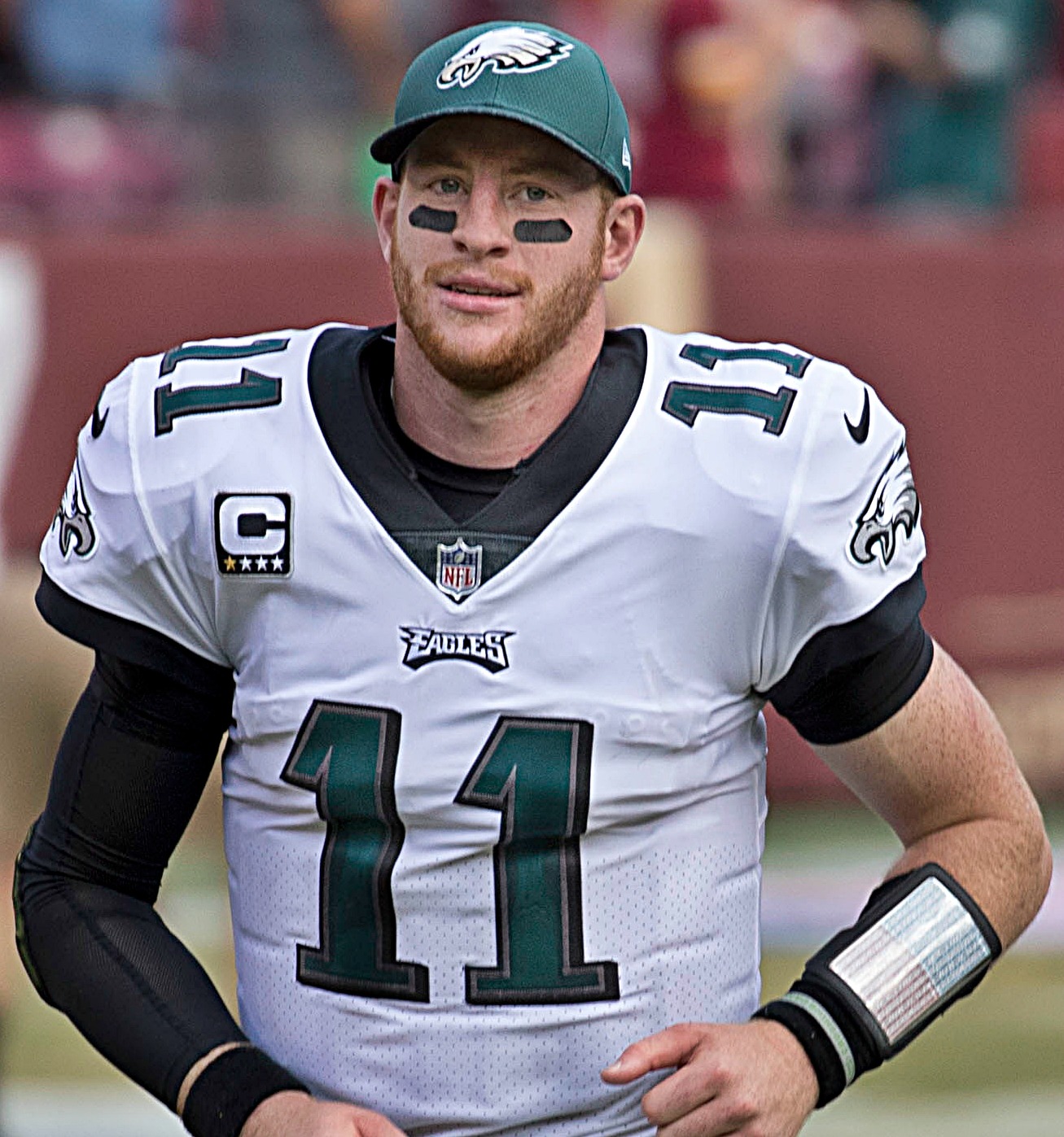Not too bad for a kid from East Falls.
Admittedly, Grace Kelly was not just any kid from East Falls, but the daughter of John Brendan “Jack” Kelly—triple Olympic gold medalist in rowing, and the enormously successful millionaire owner of “Kelly for Brickwork.”
The Kellys were no ordinary East Falls family—and, although the young Grace Patricia Kelly was regarded as quiet and withdrawn, she knew one thing for sure at an early age: She wanted to become an actress.
When she was 12, Grace landed the lead role in “Don’t Feed the Animals,” a play produced by the East Falls Old Academy Players. Later, tthroughout her years at the Stevens School, she continued to act. And when it came time to leave the Stevens School, she moved to New York to pursue her dream in earnest.
She enrolled in the American Academy of Dramatic Arts and, by all accounts, devoted all her energies to her acting studies.
It didn’t take long for Grace Kelly to find her place in the footlights. She debuted on Broadway in Strindberg’s ”The Father,” which starred the formidable Raymond Massey. The then burgeoning arena of television drama soon beckoned. The hard-working Grace Kelly would go on to perform in nearly 60 live telecasts—an acting pursuit not for the meek or faint of heart.
Hollywood soon noticed what many people already knew well: This Grace Kelly was something special.
Her first film was “Fourteen Hours”—and not too many movie-goers noticed her. She continued to work in television and on stage—and then along came a role that everyone would notice. She was hand-picked for a co-starring role opposite the great Gary Cooper in the classic Western, “High Noon.”
The rest is Hollywood history. Fans will never forget her star turn in “Mogambo,” opposite the brooding Clark Gable, for which she earned her first Oscar nomination—for best supporting actress. In a career in which there were almost no missteps, Grace Kelly turned down the role in “On the Waterfront” that ultimately went to Eva Marie Saint. But it bears remembering that in the same year, she appeared in three of Hollywood’s best films—“Dial M for Murder,” “Rear Window” and “The Country Girl.” For her performance in “The Country Girl,” she earned the Academy Award fo best actress.
A string of movie successes followed, including “To Catch a Thief” and her last film, “High Society.”
But by the time of her last film, the girl from 3901 Henry Avenue was preparing for a new role in life. She had met Prince Rainier III of Monaco at Cannes in April 1955. A relationship blossomed. And in December of the same year Ranier traveled to the United States and proposed. On April 18, 1956, they wed in a simple civil ceremony in Monaco, followed the next day by a far more lavish religious ceremony. Grace Kelly’s movie days were over, but she seamlessly transitioned into her new role as Princess Consort of Monaco.
The world knew her from that point on simply as Princess Grace. As princess, she became renowned as a world-class humanitarian. She was the tirelessly devoted president of the nation’s Red Cross, and honorary president of AMADE-Monaco, a highly regarded non-profit child-advocacy organization.
No one in Philadelphia who knew of and loved Grace Kelly will forget September15, 1982—the day she died following a traffic accident. Her passing had a profound impact, not just in Monaco, but here in Philadelphia.
James Stewart delivered the eulogy at her funeral. He spoke for all of us when he said: “Grace brought into my life as she brought into yours, a soft, warm light every time I saw her, and every time I saw her was a holiday of its own. No question, I’ll miss her, we’ll all miss her.”
It would be easy to focus on her death. But far better to recall her astonishing and inspiring life.
Like we said: Not bad for a kid from the Falls.


